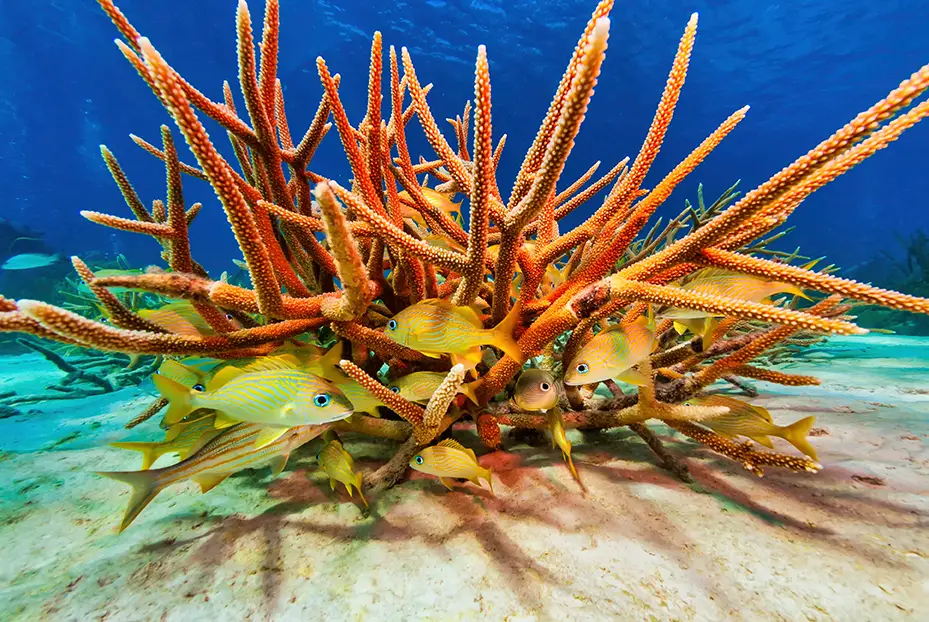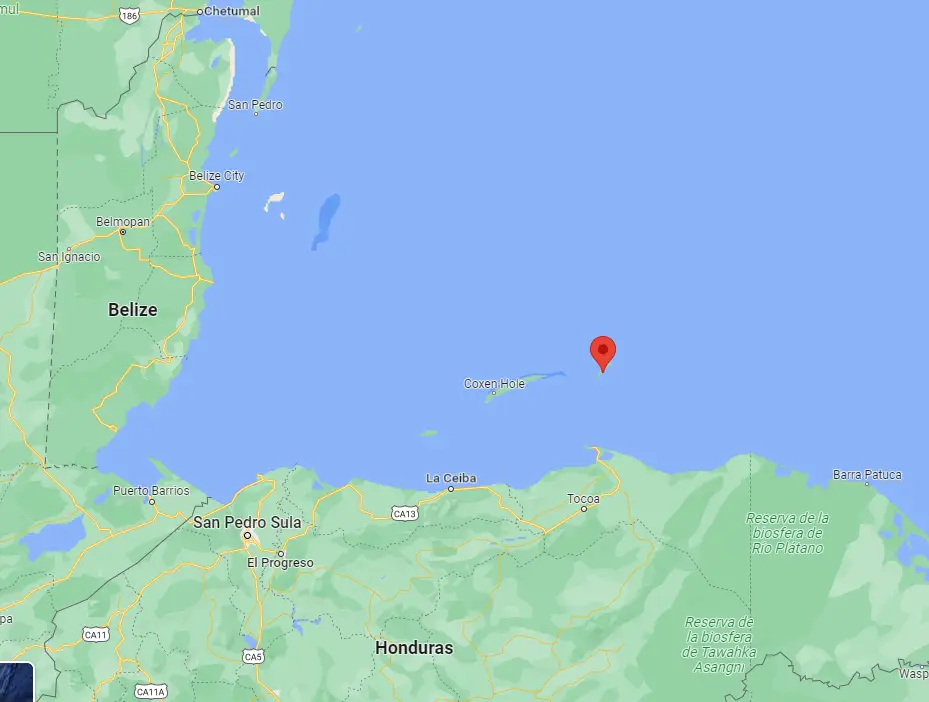About Guanaja
Guanaja Island Details
Guanaja is the most mountainous, greenest, wildest, and least populated of the 3 main Honduran Bay Islands. It sits about 10 miles off the east tip of Roatan, but it seems much farther because almost all the Roatan development and population is an additional 40 miles away on it’s west end.
Guanaja is about 11 miles long and 2-3 miles wide. There is one road on the island that goes a whopping 2 miles from Savannah Bight on the east side to Mangrove Bight on the west. All other transportation is by boat. Toward the middle of the island is a canal that cuts through the island that allows shallow draft boats to traverse from one side to the other. The island has a small airport next to the canal.
Approximately 11,000 people live on Guanaja, with the majority being on a small Cay on the east side called Bonacca, or Low Cay by the islanders. It is at Low Cay where most of the island commerce happens. It is a funky place with walkways and canals, making one think of a very small, scrunched-up Venice.
The main industry of Guanaja is still fishing. Because of that, it can be challenging finding “American” or “tourist” items in the stores and shops since there just aren’t enough tourists or expats to make it worth the store’s efforts.
Guanaja, like all the Bay Islands, spent quite some time under British rule and the island was mostly populated by pirates, cutthroats, and African slaves. This all gives the island a look and feel of many other Caribbean islands with their unique form of English being spoken, although this is somewhat changing by the influx of Spanish-speaking Latins from the mainland.
The Island is surrounded by reefs – being at the end of the Meso-American Barrier Reef – and the entire island and its surrounding reefs and Cays are protected as a World Heritage Site.
Christopher Columbus stopped here on his 4th voyage to the New World and it is said that it was here that Europeans first encountered a strange concoction made from cocoa beans called chocolate.



